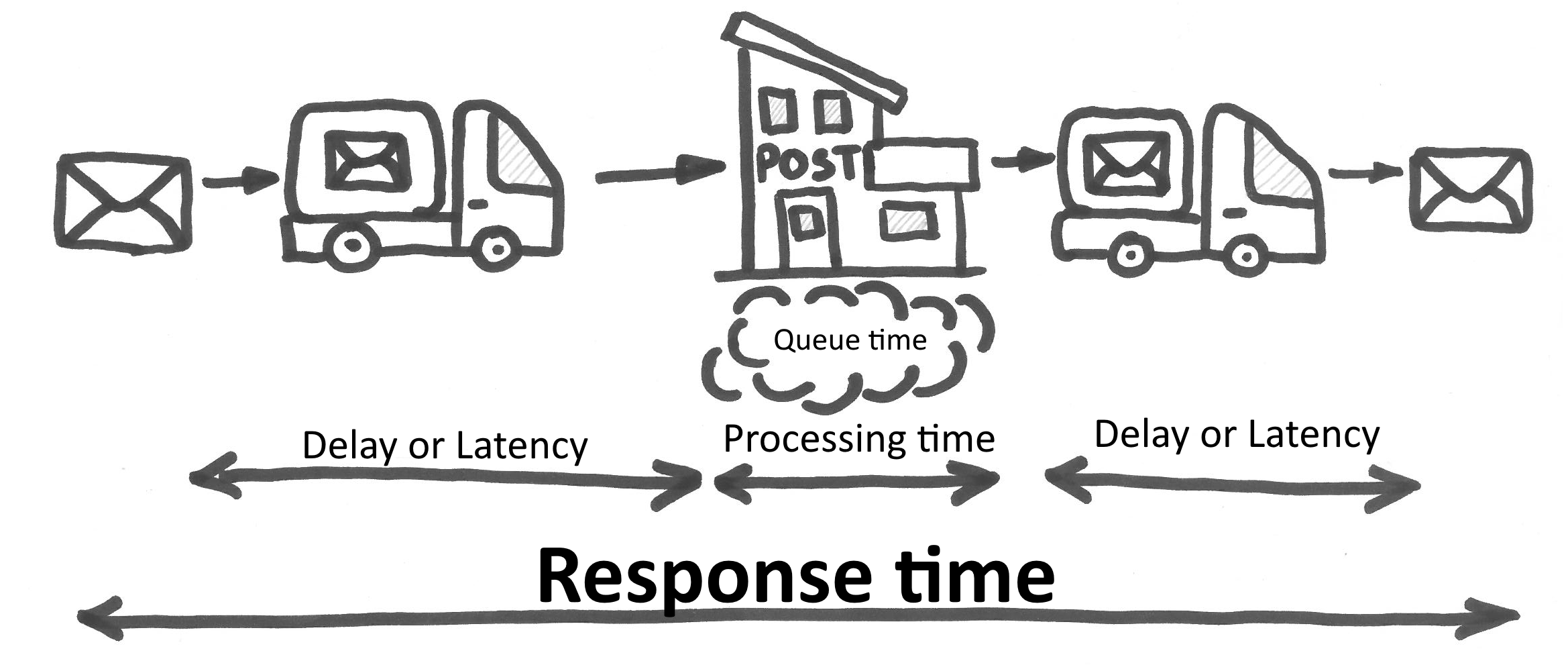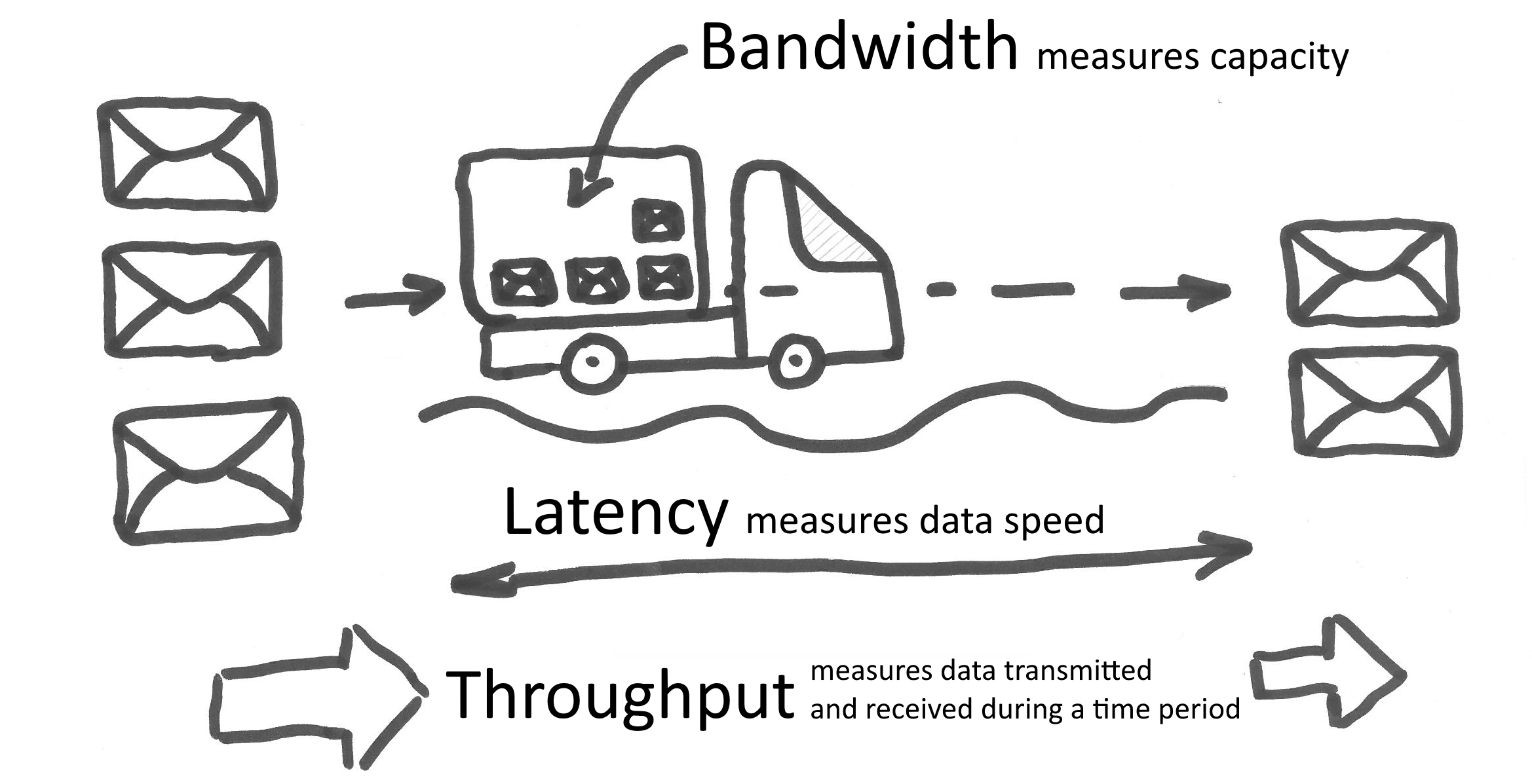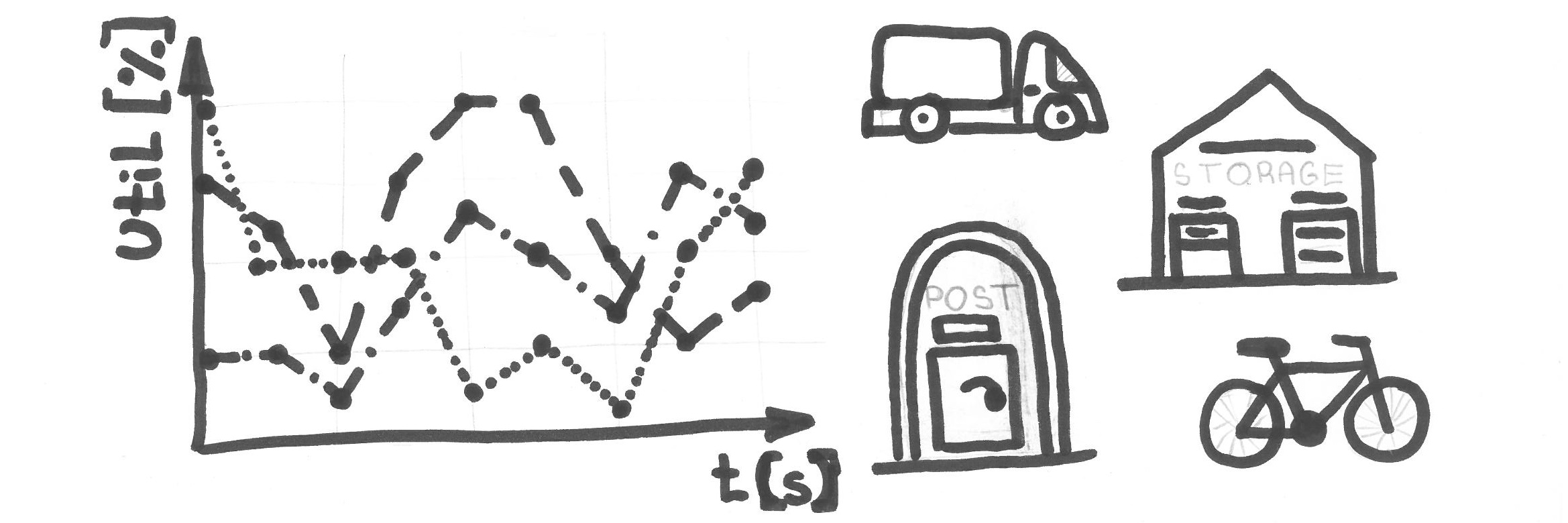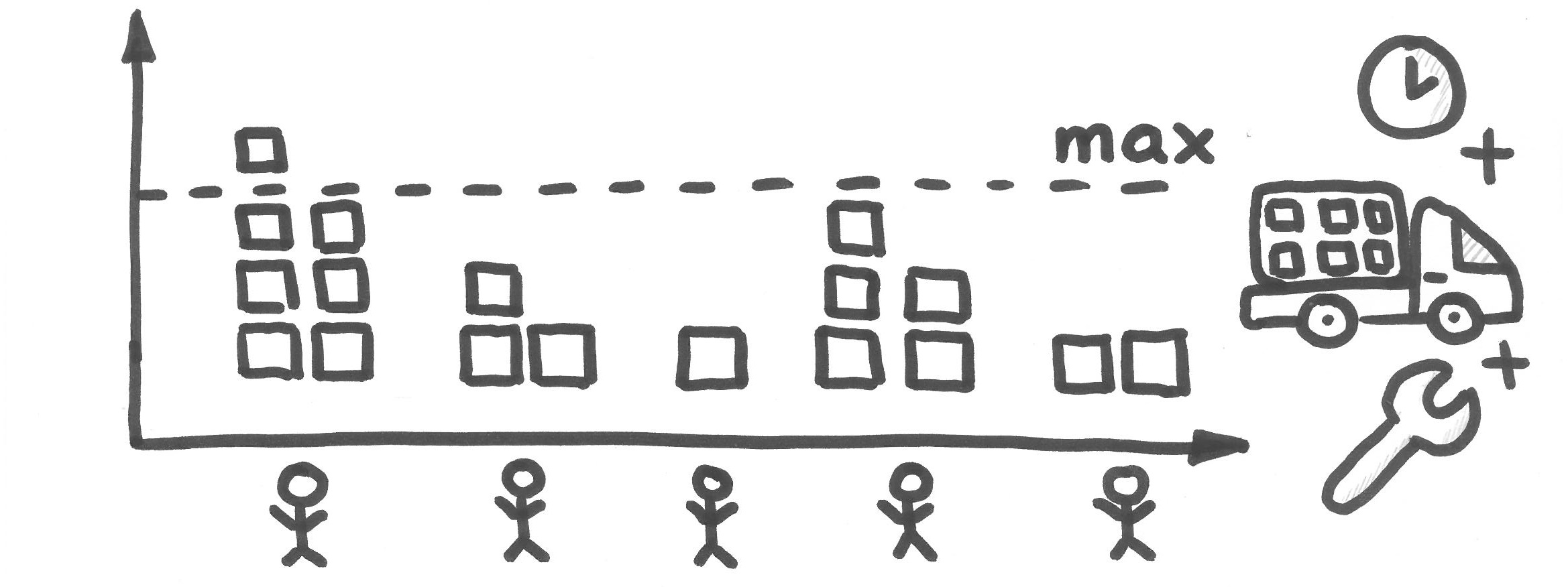Computer Performance: Understanding the Basics
Authors: Pavel Tomšič
Introduction to Computer Performance
Computer performance refers to how efficiently and effectively a computer system completes its tasks. It is essential for anyone who interacts with computers to understand the key factors that influence performance. Whether you are using a personal device, managing servers, or analyzing data on supercomputers, performance impacts productivity, user satisfaction, and resource utilization.
These sections aim to make complex concepts accessible by breaking them into clear, straightforward parts. You’ll learn about fundamental performance metrics, the factors influencing system efficiency, and practical tips to enhance your computer’s capabilities. Additionally, we’ll take a look at high-performance computing, giving insight into the technology driving some of the world’s most complex problem-solving systems, such as Vega system in Maribor, Slovenia.
What is Computer Performance?
An overview of the fundamental concept of computer performance, emphasizing how it measures a system’s efficiency and effectiveness in completing tasks. At its core, computer performance measures how well a computer system accomplishes its intended tasks. Computer performance is a multifaceted concept that can be understood from various perspectives:
- Scientific Perspective: Involves quantifiable metrics such as speed, efficiency, and resource usage. These metrics allow performance comparison between systems or evaluation of a system's improvement after changes.
- User-Centric Perspective: Focuses on the user’s experience, such as how "fast" or "responsive" a system feels. This aspect is often subjective and influenced by perceived performance.
Core attributes of computer performance include: - Response time: How quickly the system reacts to a request. - Throughput: The volume of tasks the system handles in a given time. - Resource utilization: How efficiently the system uses its hardware and software resources. - Availability: The system's ability to remain operational with minimal downtime.

*Response time*

*Throughput*

*Resource utilization*

*Availability*
Key Metrics of Computer Performance
The measurable aspects of computer performance, introducing key metrics like response time, throughput, and scalability, which help evaluate a system’s efficiency.
1. Response Time
Measures the time taken to respond to a service request, combining service, wait, and transmission times.
2. Throughput
Represents the number of tasks processed per unit time. For example, a system that processes 100 transactions per second has a throughput of 100 TPS and is more efficient for high-demand applications.
3. Latency
Refers to delays in system processes. Lower latency improves user experience, especially in scenarios where instant responses are critical, such real time data handling.
4. Bandwidth
The maximum data rate a system can handle, measured in bits per second (e.g., Mbps or Gbps). High bandwidth is crucial for tasks involving large data transfers.
5. Scalability
Indicates how well the system adapts to increased workloads without significant performance drops.
Factors Affecting Performance
We explore the various hardware, software, and environmental factors that influence computer performance, shedding light on how they contribute to system efficiency.
1. Hardware Components
Processor Speed: Determines how quickly a computer executes instructions. Higher clock speeds often mean faster performance, but the number of cores and threads also plays a critical role in multitasking and parallel processing.
Memory: Sufficient RAM enables faster data access and multitasking.
Storage: SSDs outperform traditional HDDs in speed and reliability.
Graphics Processing Unit (GPU): A powerful GPU enhances performance for tasks like gaming, video editing, and machine learning by handling intensive calculations more efficiently than a CPU.
2. Software Efficiency
Well-optimized software minimizes resource consumption, ensuring smooth operations. Bloated or poorly coded software can significantly degrade performance by using excessive memory or CPU cycles. Regular updates often include performance optimizations that enhance efficiency and fix bugs.
3. Network Performance
A strong, reliable network is crucial for systems relying on data transmission, such as cloud computing. Factors like bandwidth, latency, and jitter can all affect performance. Network congestion and outdated hardware can cause slow data transfer rates and interruptions.
4. System Load
Performance decreases with higher user demands if the system’s capacity is exceeded. Monitoring tools can help identify overloads caused by excessive background processes or simultaneous resource-heavy applications.
Measuring and Improving Performance
Discussing methods for assessing performance, such as benchmarking and testing, and offers strategies for optimizing system responsiveness and resource utilization.
1. Performance Testing
Software and hardware are tested under different workloads to identify bottlenecks and inefficiencies.
2. Benchmarking
Standardized tests, such as SPEC benchmarks, evaluate performance in areas like processing speed and efficiency. Benchmarking provides a comparative baseline, making it easier to identify areas for improvement.
3. Optimization Techniques
Profiling: Analyzing a program to identify performance bottlenecks.
Upgrading Hardware: Replacing older components with faster, more efficient ones.
Performance Tuning: Adjusting settings or configurations to improve responsiveness and throughput. Examples include altering cache sizes, adjusting CPU priorities, and optimizing network configurations.
Load Balancing: Distributing tasks across multiple processors or systems to avoid overloading a single resource, improving efficiency and reliability.
4. Monitoring Tools
Use software tools to continuously monitor system health and performance metrics, enabling proactive maintenance and quick resolution of emerging issues. Monitoring helps predict and prevent potential failures.
High-Performance Computing (HPC)
High-performance computing systems, or supercomputers, are specialized machines designed for maximum performance. Key characteristics include: - Massive parallelism, with thousands of processors working simultaneously. - Advanced cooling systems and high energy consumption. - Applications in scientific research, weather forecasting, and artificial intelligence.
High-performance computing systems rely on a combination of hardware and software innovations. These systems are built with high-speed interconnects, allowing rapid data transfer between processors. Their scalability enables scientists and researchers to solve complex problems by running simulations and analyses that would be impossible on standard machines. Examples of use include climate modeling, genome sequencing, and real-time financial analytics.
HPC also involves sophisticated software, including operating systems and programming tools tailored for parallel computing. Users of HPC systems must often think in terms of distributed and parallel tasks to maximize efficiency, leveraging advanced algorithms to harness the system's full potential. While HPC systems differ from personal computers in scale and complexity, they share fundamental components like processors, memory, and storage systems.
Practical Tips for Enhancing Everyday Performance
Some expanded tips for everyday users to improve system performance, from software updates to optimizing network connections.
1. Keep Software Updated
Regularly updating your operating system and applications ensures you benefit from the latest performance improvements, security patches, and new features.
2. Manage Background Processes
Identify and close unnecessary programs running in the background. Use system monitoring tools to check for applications consuming high resources and disable non-essential startup programs.
3. Use Efficient Storage Solutions
Upgrading to solid-state drives (SSDs) significantly improves data access and boot times compared to traditional hard disk drives (HDDs). Organize and regularly clean your storage to reduce clutter.
4. Optimize Network Settings
Use wired connections for stability or ensure Wi-Fi networks are secure and high-speed.
5. Upgrade Hardware When Needed
Assess your system’s limitations and consider upgrading components like RAM or the graphics card to meet your performance needs.
6. Perform Regular Maintenance
Clear temporary files, check for malware, and defragment hard drives (if not using an SSD). Maintenance improves system responsiveness and prolongs the life of your hardware.
7. Leverage Cloud Solutions
Use cloud storage to offload large files and improve local system performance. Cloud-based applications can also reduce the strain on your local hardware.
Conclusion
Understanding computer performance helps users make informed decisions about their systems, whether for personal or professional use. It is not just about having the fastest processor or the largest storage, but about ensuring all components work harmoniously to meet user needs. By focusing on key metrics, addressing performance bottlenecks, and leveraging optimization techniques, users can ensure their systems operate efficiently and effectively.
Moreover, performance optimization is an ongoing process. As technology evolves, staying updated on best practices and emerging tools can further enhance system performance. Whether you're a casual user or a professional managing complex systems, understanding the principles of computer performance empowers you to make the most of your technology investments.